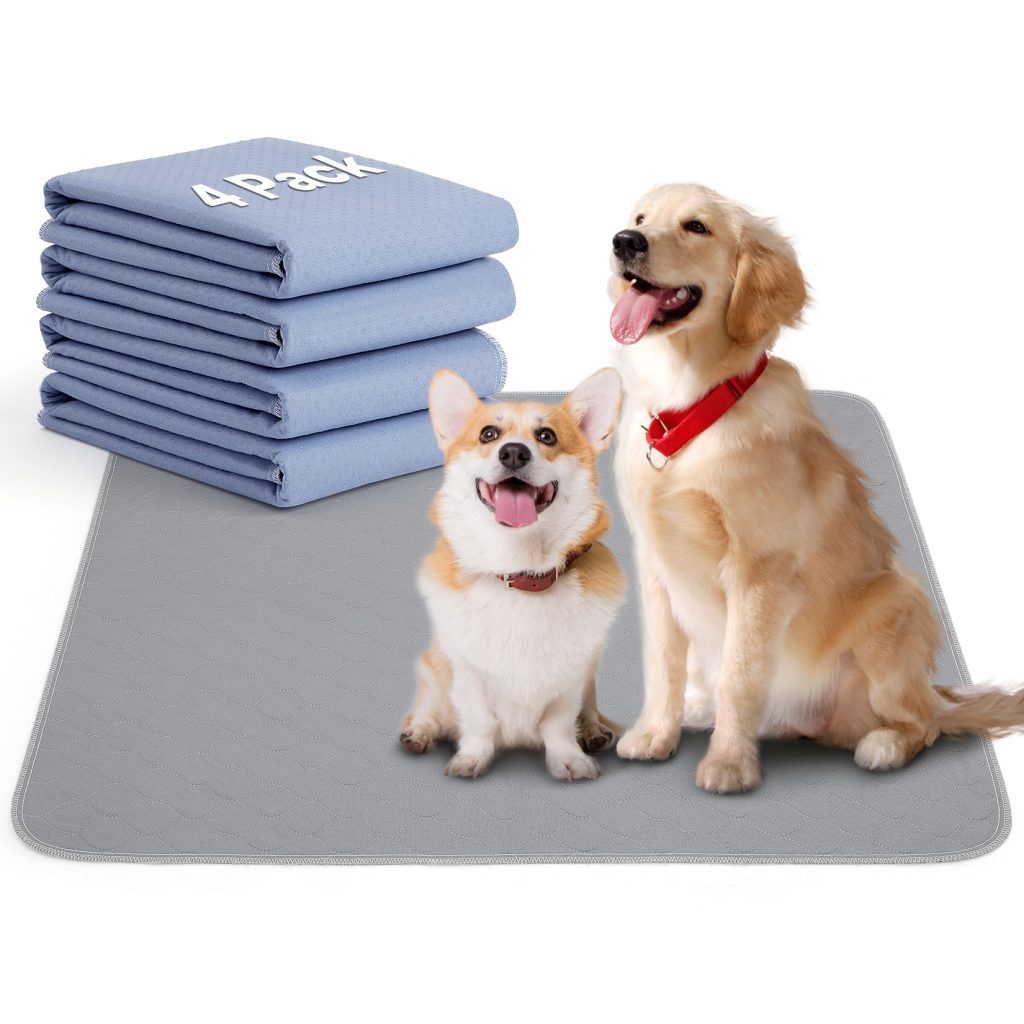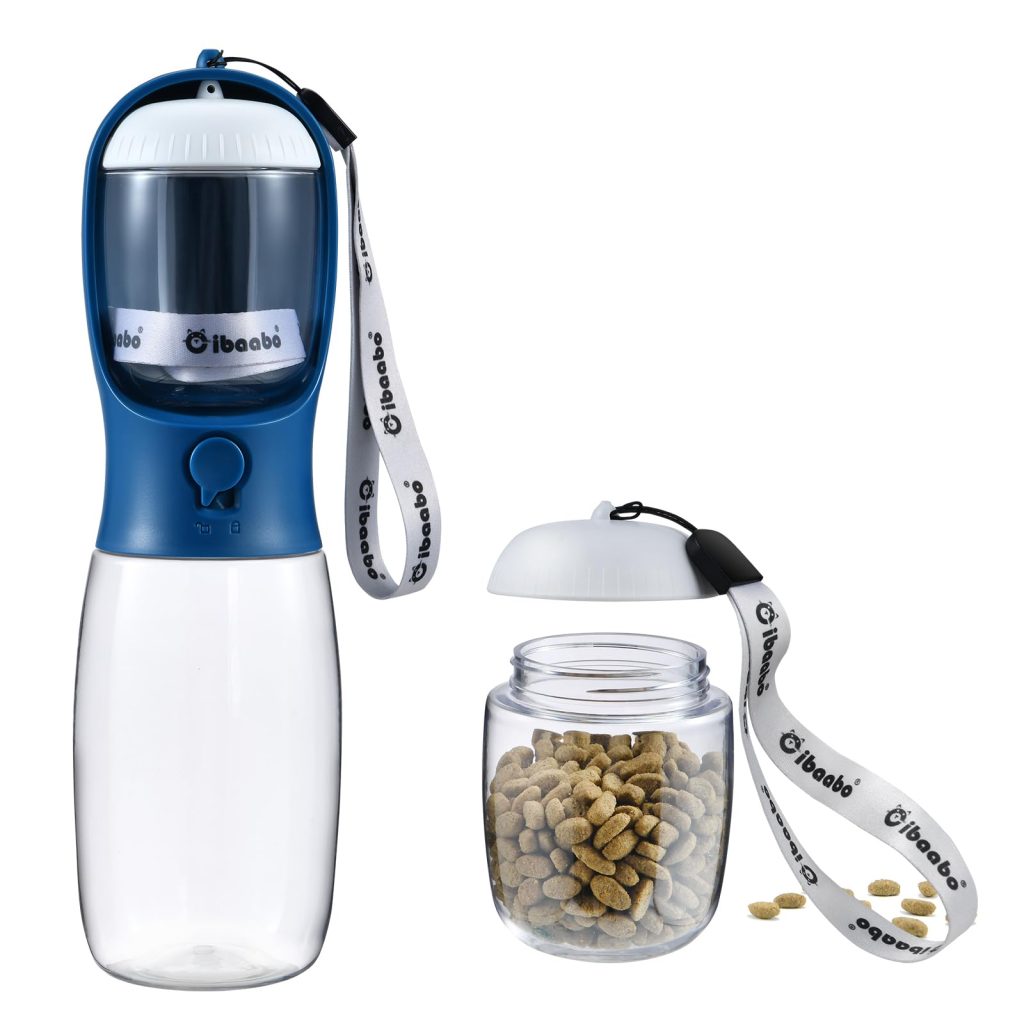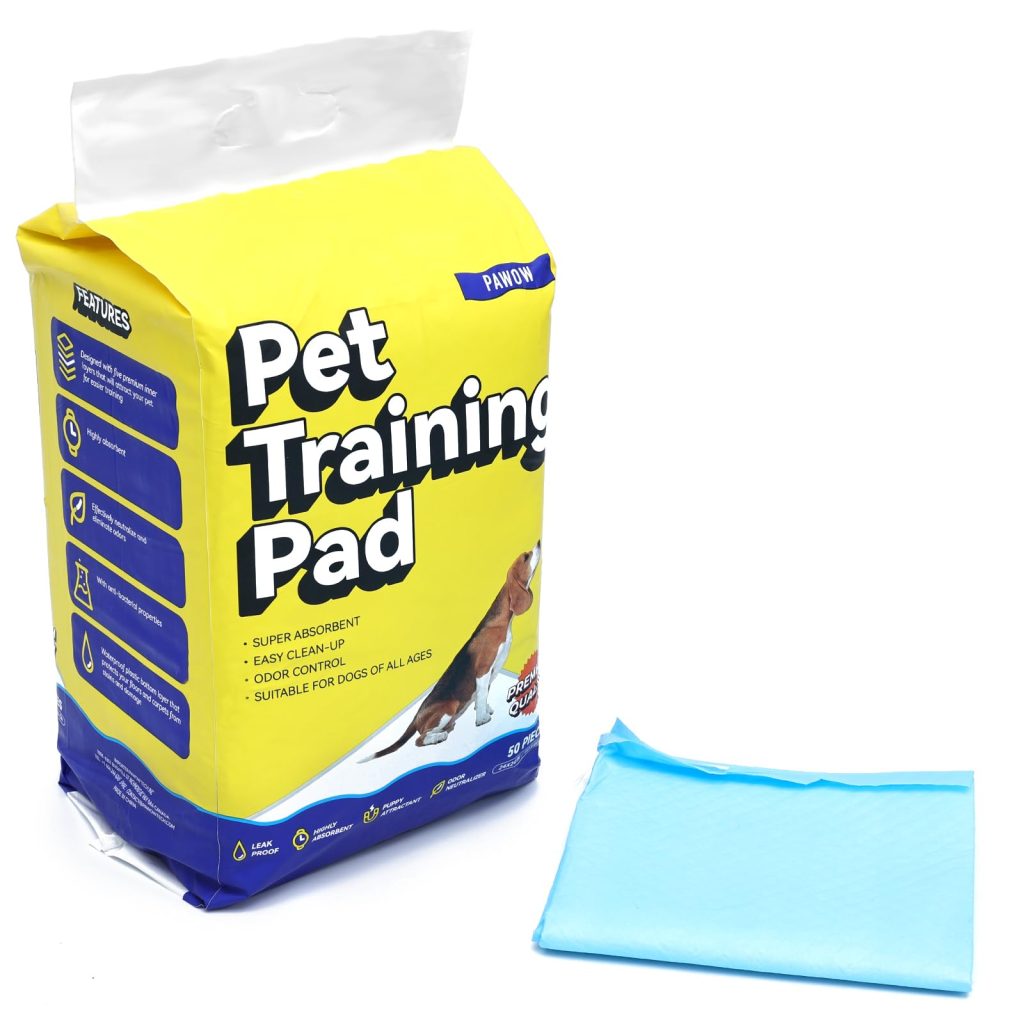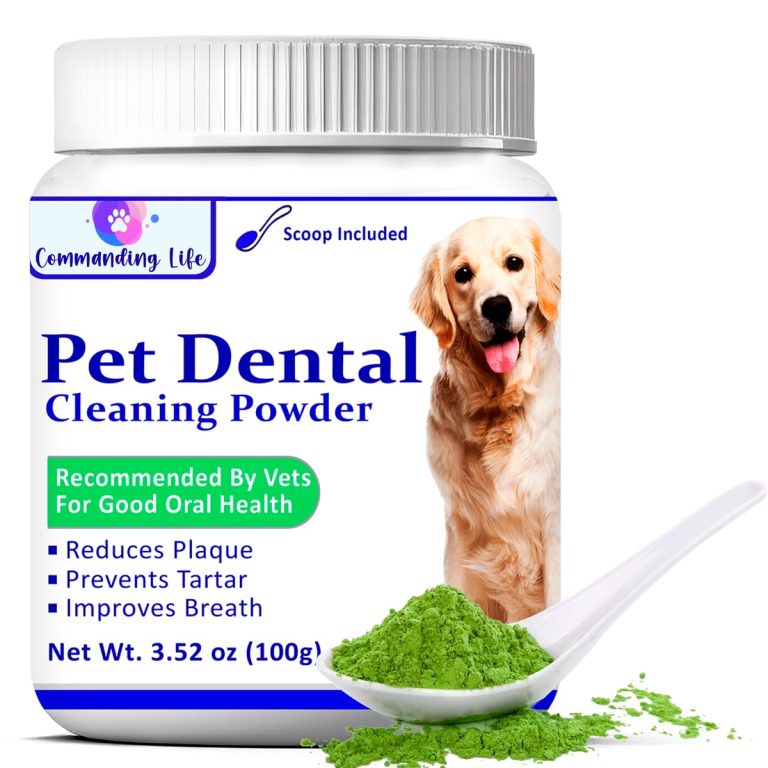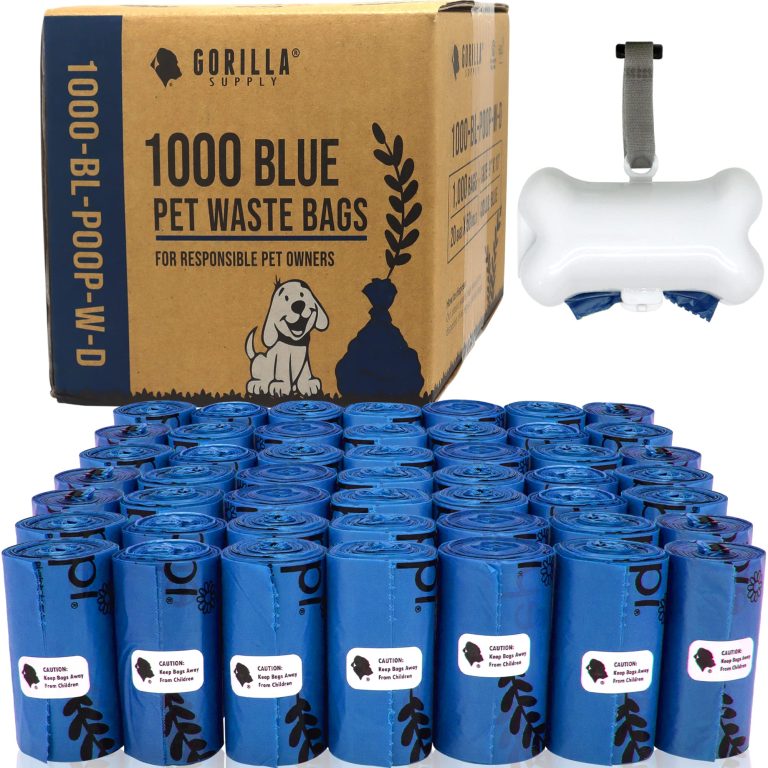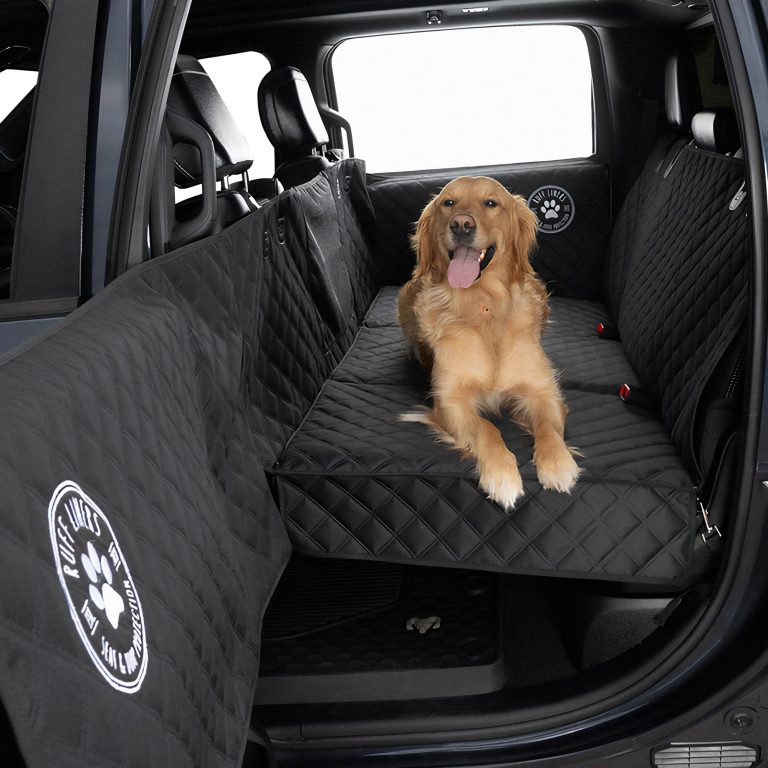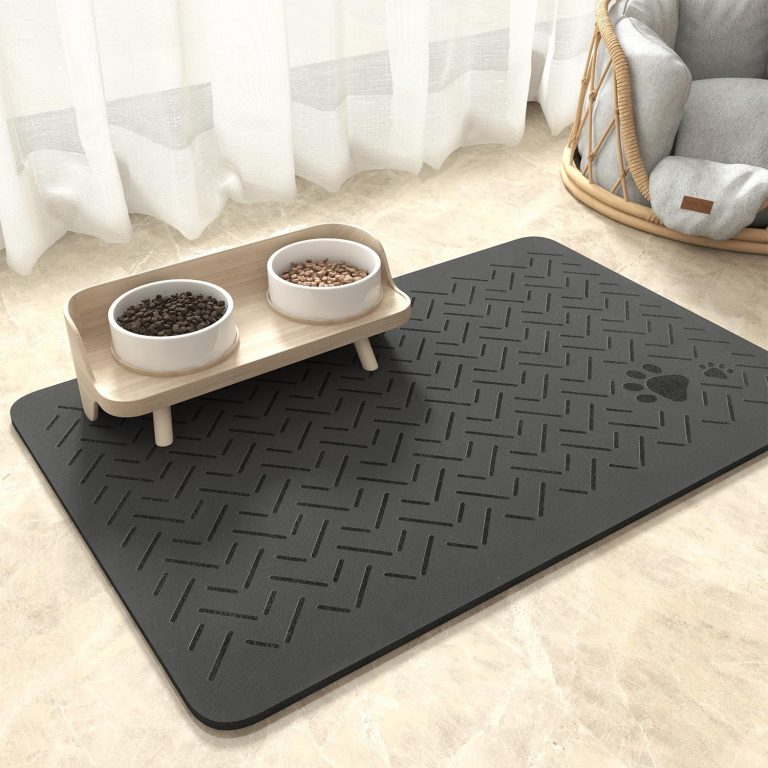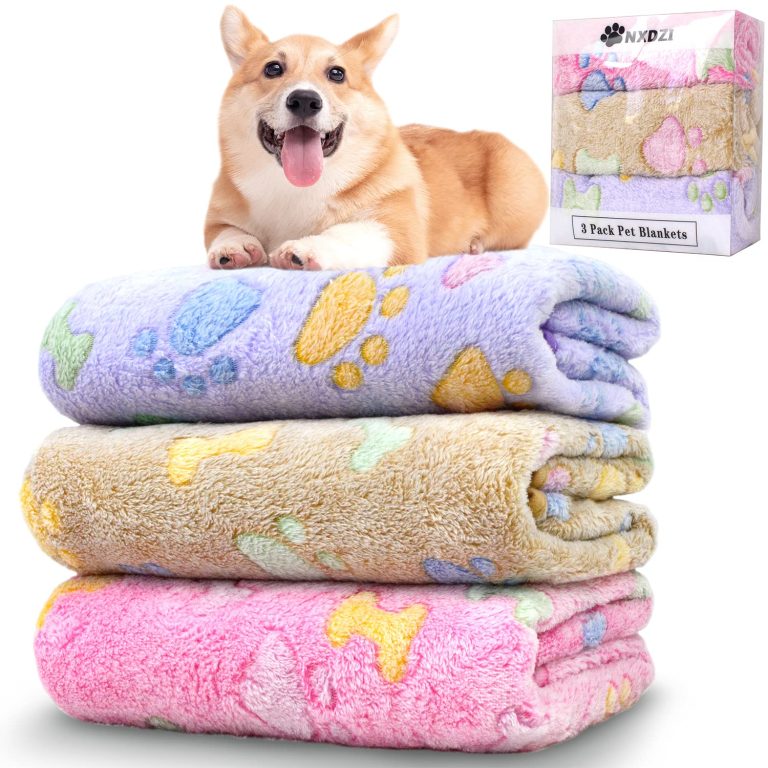Dog-Proofing Your Home – Keeping Your Pup Safe
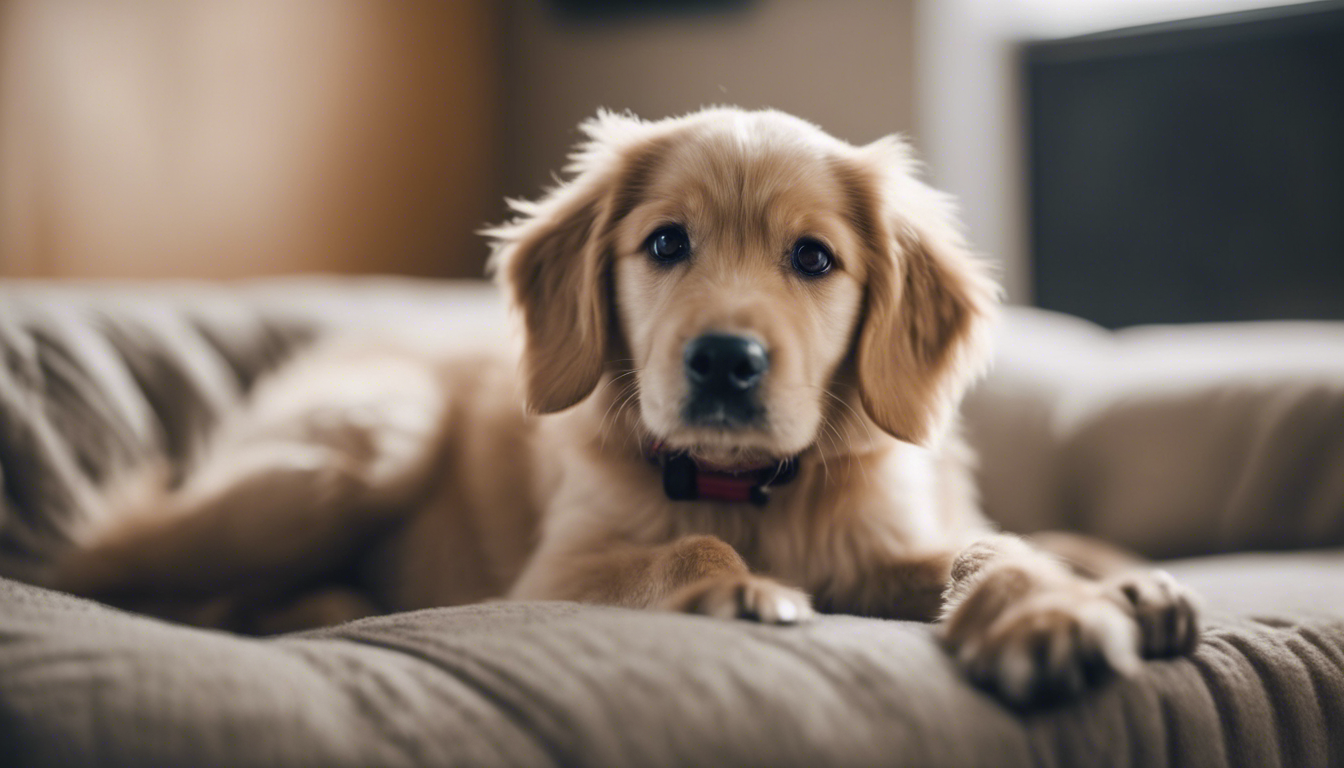
Dog-Proofing Your Home – Keeping Your Pup Safe
Welcome to the world of pet parenting! Bringing a new furry friend into your home can be both exciting and challenging. One of the first and most important steps in ensuring your pup’s well-being is dog-proofing your home. This article will guide you on essential aspects of pet parenting, including behavior training and companionship, to keep your pup safe and happy.
Providing a Safe Environment
Creating a safe environment for your pup is important for their overall safety and well-being. Here are some tips to dog-proof your home:
- Secure hazardous substances: Keep all cleaning products, chemicals, medications, and even houseplants out of your dog’s reach. Use childproof latches to secure cabinets and keep these items locked away.
- Hide electrical cords: Dogs often find cords tempting to chew on. Keep cords bundled and hidden or use cord protectors to prevent serious accidents or electric shocks.
- Remove small objects: Dogs are curious creatures and may swallow small objects that can cause choking hazards. Make sure to pick up small items like coins, buttons, or children’s toys to prevent any accidents.
- Elevate household poisons: Store household chemicals, such as antifreeze or pesticides, on high shelves or in locked cabinets. These substances can be extremely toxic if ingested by your pup.
- Secure garbage cans: Dogs are notorious for rummaging through trash cans. Use baby-proof latches or place the trash can in a secure location to prevent your dog from accessing unhealthy or dangerous items.
Behavior Training
Behavior training is a vital part of responsible pet parenting. Properly training your pup not only ensures their safety but also strengthens the bond between you and your furry companion. Here are some key training tips:
Potty Training
Establishing a routine is essential when it comes to potty training your dog. Take your pup outside regularly, especially after meals or naps. Use positive reinforcement, such as treats or praise, to reward them for doing their business in the appropriate spot. Consistency and patience are key to successful potty training.
Teaching Basic Commands
Teaching your dog basic commands like sit, stay, and come can significantly enhance their safety and control in various situations. Use positive reinforcement techniques, such as treats, to encourage good behavior. Consistent practice and short training sessions can make a huge difference in shaping your pup’s behavior.
Socialization
Introduce your dog to various people, places, and animals from an early age to ensure they become well-adjusted and friendly adult dogs. Socialization helps reduce fear and aggression and promotes positive interactions with others. Enroll your pup in puppy classes or arrange playdates with other dogs to encourage healthy socialization.
Companionship and Exercise
Dogs are social creatures that need mental stimulation and physical exercise to thrive. Here are tips to provide companionship and keep your pup active:
Spend Quality Time
Dogs crave companionship and love being part of their human’s daily life. Set aside special time each day to play, cuddle, and bond with your pup. Engage in activities you both enjoy, such as going for walks or playing interactive games.
Provide Mental Stimulation
Boredom can lead to destructive behaviors in dogs. Provide mental stimulation by giving your pup puzzle toys, treat-dispensing toys, or participating in obedience training sessions. This helps keep their mind sharp and prevents them from getting into mischief.
Regular Exercise
Every dog requires regular exercise to maintain their physical health and relieve excess energy. Take your pup for daily walks, play fetch in the park, or ponder activities like swimming or agility training. Exercise not only keeps them physically fit but also improves their mood and overall well-being.
Safe Outdoor Spaces
When allowing your dog to enjoy outdoor time, ensure the area is securely fenced or use a leash to prevent them from wandering off or encountering potential dangers. Remove any toxic plants or hazardous materials from your yard to make it a safe haven for your pup.
Dog-proofing your home, providing effective behavior training, and offering companionship and exercise are essential aspects of responsible pet parenting. By implementing these practices, you can ensure the safety, well-being, and happiness of your furry friend. Remember, a happy dog makes for a happy home!
